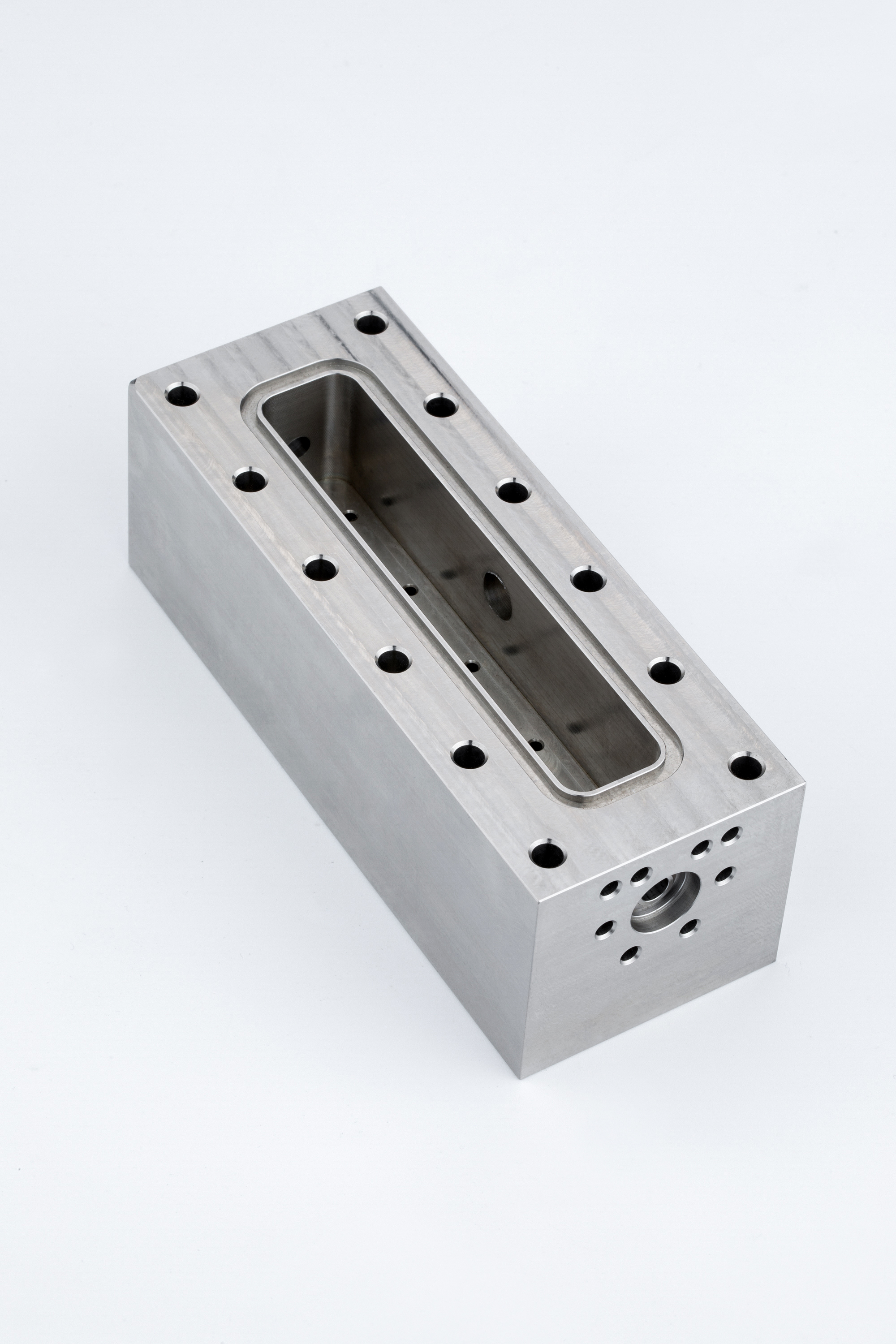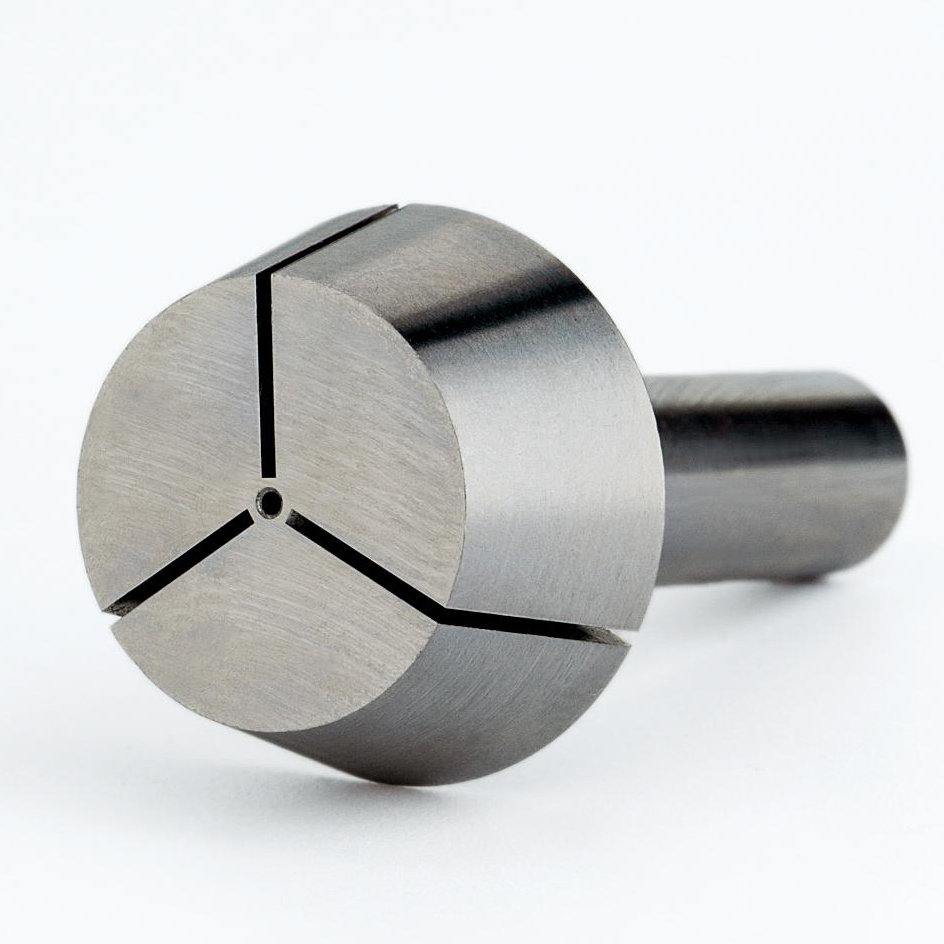EDM is a machining process that mainly uses a discharge electrode (EDM electrode) with a specific geometry to burn the geometry of the electrode on a metal (conductive) part. The EDM process is commonly used in the production of blanking and casting dies.
The method of dimensional processing of materials by using the corrosion phenomenon produced by spark discharge is called EDM. EDM is a spark discharge in a liquid medium at a lower voltage range.
EDM is a kind of self-excited discharge, and its characteristics are as follows: The two electrodes of the spark discharge have a high voltage before the discharge. When the two electrodes are close to each other, after the medium between them is broken down, the spark discharge occurs immediately. With the breakdown process, the resistance between the two electrodes decreases sharply, and the voltage between the two electrodes also decreases sharply. The spark channel must be extinguished in time after maintaining a short time (usually 10-7-10-3s), so as to maintain the “cold pole” characteristics of the spark discharge (that is, the heat energy of the channel energy conversion cannot be transmitted to the depth of the electrode), so that the Channel energy acts on a very small scale. The effect of channel energy can cause the electrode to be partially corroded.
Features:
1.EDM belongs to non-contact machining
There is no direct contact between the tool electrode and the workpiece, but there is a spark discharge gap. This gap is generally between 0.05~0.3mm, and sometimes it may reach 0.5mm or even larger. The gap is filled with working fluid, and the high pressure Pulse discharge, discharge corrosion on the workpiece.
2.Can “overcome rigidity with softness”
Since EDM directly uses electric energy and thermal energy to remove metal materials, it has little to do with the strength and hardness of the workpiece material, so soft tool electrodes can be used to process hard workpieces to achieve “softness overcomes rigidity”.
3.Can process any difficult-to-machine metal materials and conductive materials
Since the removal of materials during processing is achieved by the electric and thermal effects of discharge, the machinability of materials mainly depends on the electrical conductivity and thermal properties of materials, such as melting point, boiling point, specific heat capacity, thermal conductivity, resistivity, etc., while almost It has nothing to do with its mechanical properties (hardness, strength, etc.). In this way, it can break through the limitations of traditional cutting tools on tools, and can realize the processing of hard and tough workpieces with soft tools, and even superhard materials such as polycrystalline diamond rows and cubic boron nitride can be processed.
4.Complex shaped surfaces can be machined
Since the shape of the tool electrode can be simply copied to the workpiece, it is especially suitable for the processing of workpieces with complex surface shapes, such as complex cavity mold processing. In particular, the adoption of numerical control technology makes it a reality to use simple electrodes to process parts with complex shapes.
5.Parts with special requirements can be processed
It can process parts with special requirements such as thin-walled, elastic, low-rigidity, tiny holes, special-shaped holes, deep holes, etc., and can also process small characters on the mold. Since the tool electrode and the workpiece are not in direct contact during machining, there is no cutting force for machining, so it is suitable for machining low-rigidity workpieces and micromachining.
EDM is one kind of machining process, we can help you to solve your custom problem.
If you have any questions or want to need any custom service about CNC Machining,please contact us freely.
Post time: Aug-22-2022



